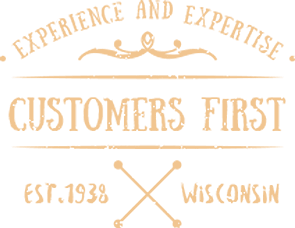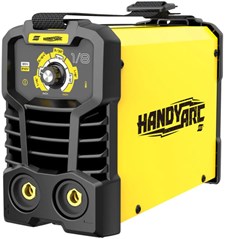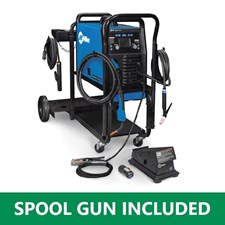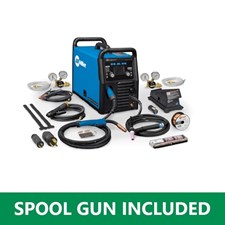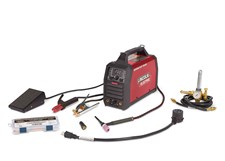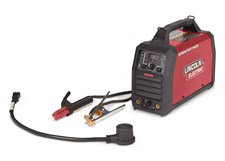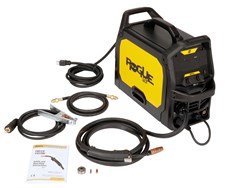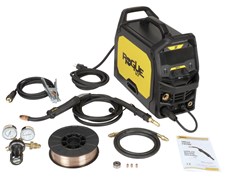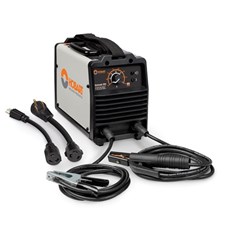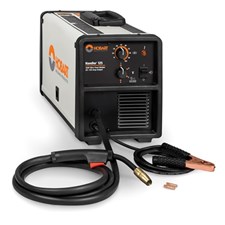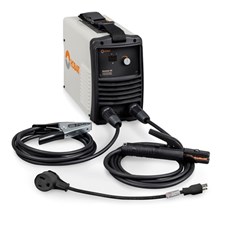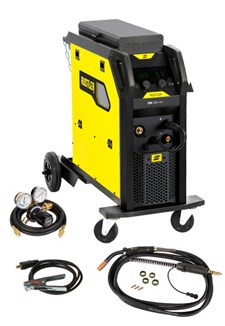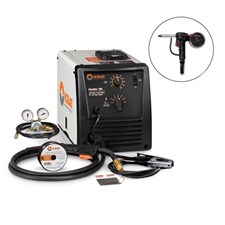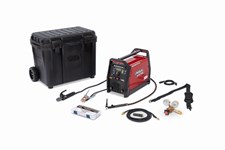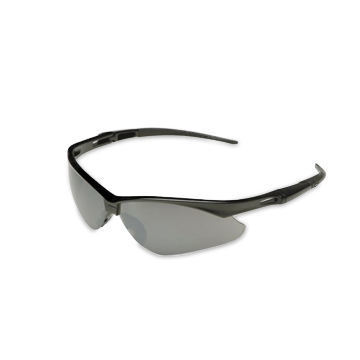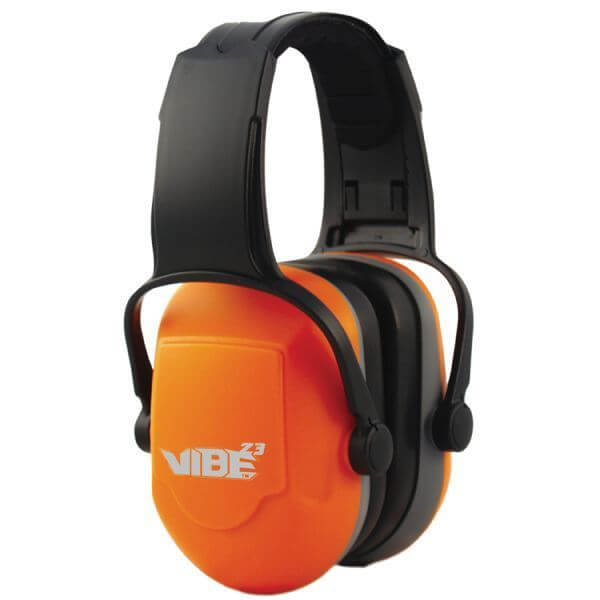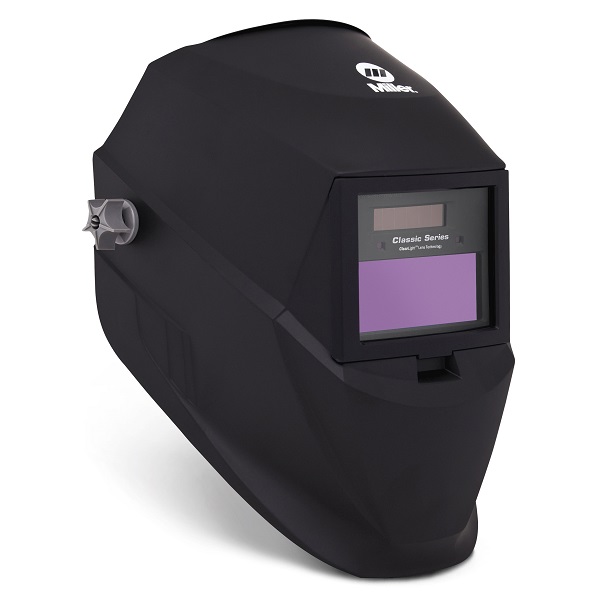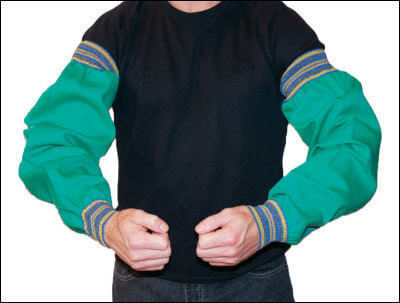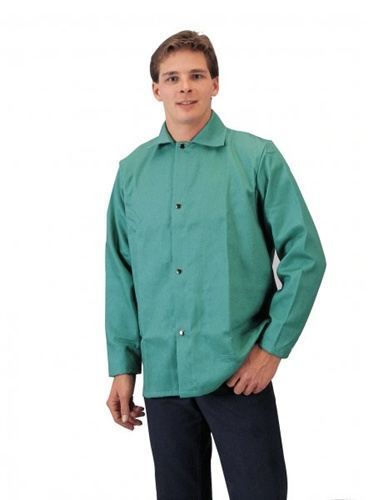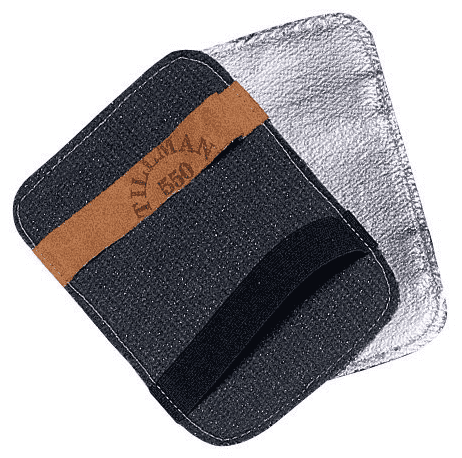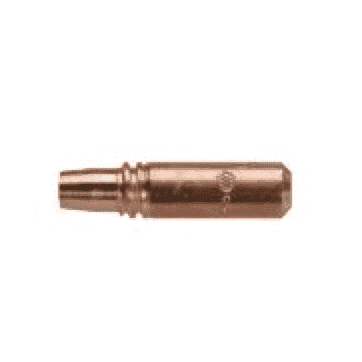38 Best Welding Machines for Beginners Starting at $219.99
New to welding? Find the perfect starter welder here. Whether you're looking for a versatile MIG welder, a classic stick welder, or something in between, we've got you covered. Our selection of beginner-friendly welding machines is designed to help you master your craft without breaking the bank. Our range includes entry-level machines that combine user-friendly features with reliable performance. Whether you're a DIY enthusiast or aspiring professional, find your ideal starter welder here.
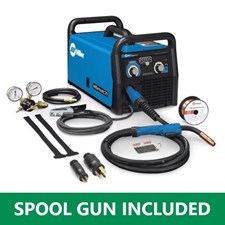
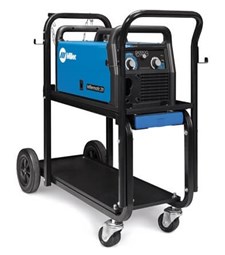
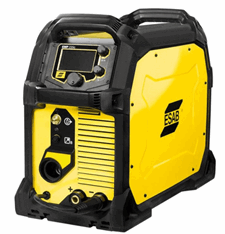 ESAB
Rebel EMP 235ic Multi-Process Welder (110-230V 1PH) #0558012702
ESAB
Rebel EMP 235ic Multi-Process Welder (110-230V 1PH) #0558012702

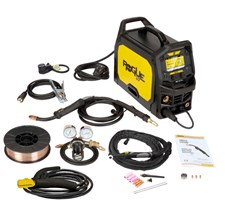 ESAB
Rogue EMP 210 PRO Multi-Process Welder #0700301085
5 purchased
ESAB
Rogue EMP 210 PRO Multi-Process Welder #0700301085
5 purchased
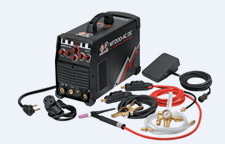
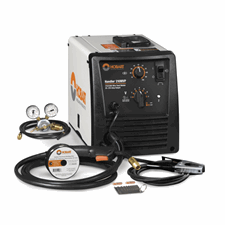 Hobart
Hobart Handler 210MVP with Multi-Voltage Plug 230 Wire Feed Welder #500553
41 purchased
Hobart
Hobart Handler 210MVP with Multi-Voltage Plug 230 Wire Feed Welder #500553
41 purchased
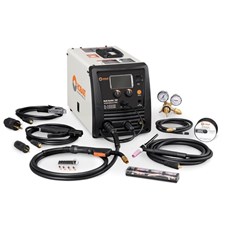 Hobart MIG Welders
Multi-Handler 200 Multi-Process MIG/TIG/Stick Welder #500578
1 purchased
Hobart MIG Welders
Multi-Handler 200 Multi-Process MIG/TIG/Stick Welder #500578
1 purchased
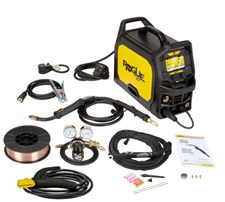 ESAB
Rogue EM 210 PRO Portable MIG Welder, Dual Voltage (120/230V) #0700301084
ESAB
Rogue EM 210 PRO Portable MIG Welder, Dual Voltage (120/230V) #0700301084
Our more popular beginner products include:
- Millermatic 142 MIG Welder (120V) #907838
- Millermatic 211 Auto-Set MIG Welder (120/240V) #907614 - FREE Spool Gun Included!
- Miller Multimatic 215 Multi-process Welder #907693 - Free Spool Gun Included!
- Hobart Handler 210MVP with Multi-Voltage Plug 230 Wire Feed Welder
- Lincoln Electric POWER MIG 140MP Multi-Process Welder #K4498-1
Beginners Guide to Buying a Welder: 3 Simple Rules to Follow
 A welder is an investment into your true earning potential. Find the perfect beginners welder with three simple rules.
A welder is an investment into your true earning potential. Find the perfect beginners welder with three simple rules.
Rule 1: Understand Your First Welder is an Investment
There are plenty of affordable welders on the market, but understand your first welder is an investment. Like any investment, you should do your research to find the right welder for the job and learn what’s best for you. Don’t start on the wrong foot because you got the wrong tool.
Welding Equipment Financing Options - Buy Now, Pay Later
Ready to start your welding journey? Don't let the cost of equipment hold you back! We offer flexible financing options to help you purchase your first welding machine. Choose PayPal Credit for no-interest financing when paid in full within 6 months, or explore Affirm's financing plans with terms from 6 to 24 months. Easily apply for either option right in your checkout and get welding sooner.
Rule 2: Figure Out What Type of Welding You’re Doing
There are three main types of welding: Stick, TIG, and MIG/Flux cored. Each form of welding has pros and cons and is best suited for certain work. In short, there’s no one size fits all welder, even for beginners (though we do recommend MIG welding for those who are still learning).
Stick Welders – Stick welders are ideal for hobbyists, home repair projects, and DIYers. Those who learned to weld years ago probably learned on a stick welder. Looking to repair that antique cast iron wheelbarrow, dirty tractor, or rusty farm equipment? The Miller Thunderbolt might be perfect for you.
The Miller Thunderbolt XL 225 is our top stick welder pick. Infinite amperage control and selectable DC or AC output make the Miller Thunderbolt a perfect choice for beginners.
TIG Welding – TIG welders are ideal for more experienced welders. If you’ve worked with welding equipment extensively and want to use more materials and create beautiful beads, a TIG welder like the Miller CST-280 might be for you. TIG welders have a steep learning curve, but are still popular thanks to their versatility.
The Miller CST-280 might not be the best idea for novice welders, but is a great entry level TIG welder for those with more experience. Ideal for rack mounting and light enough to be carried around, the CST-280 is our top TIG welder pick.
MIG Welding – Perfect for those still learning to weld, MIG welders are easy to use, can create fast welds, and offer the versatility of use with flux cored tubes. They also create great learning opportunities, as they will force you to minimize slag. With a relatively low cost of entry, MIG welders like the Millermatic 125 are a great place to start.
The Millermatic 125 Hobby is easily our top MIG welder pick. Easy to use on stainless steel and aluminum alloys, this MIG welder is simple to use, and can use flux core tubing.
Flux Cored Welding – Entry level flux-cored gassless MIG welders, like the Millermatic 190, are easy to find since most MIG welders support flux cored wires. Flux cored welding is similar to MIG welding since it automatically feeds in material, but uses a tubular wire filled with flux instead of solid wire. This can create stronger welds, and is more forgiving when working with dirty or rusty metal; but it also creates a decent amount of slag.
The Millermatic 190, with its smooth start and spool gun compatibility, is our top flux cored MIG welder pick. Most welders who use flux cored wire are more experienced and are likely looking for a more versatile machine. The Millermatic 190 is a perfect entry level model.
Rule 3: Choose the Welder that Fits Your Needs
Like we said earlier, there’s no one size fits all welder. You need to figure out what you’re going to be welding, then find what fits your needs. We can’t tell you which welder is perfect for you, but we can give you some suggestions. Take a look at our top staff picks.
Welding FAQs for Beginners
What type of welding is easiest to learn?
MIG welding is generally considered easiest to learn. It's also one of the most versatile welding options, with the ability to produce clean welds on steel, aluminum and stainless steel. Almost all MIG welders can also perform flux-cored welding, a type of gasless welding option that shields the arc from contamination without an external gas supply.
What type of welders or most affordable?
The most affordable welders are typically stick welders and entry-level MIG welders. Stick welders are known for their simplicity and cost-effectiveness, making them a popular choice for beginners and those on a budget. Entry-level MIG welders also offer a good balance between price and ease of use, making them a great option for those new to welding.
How much amperage do I need for welding?
Amperage, which measures the flow of electricity, is equivalent to the current, which generates heat during welding. As a rule of thumb, you need 1 amp for every .001 inch of material thickness. For example, welding a .125-inch thick material requires 125 amps, while a .250-inch (1/4 inch) material requires 250 amps.
What type of welder is best for welding outdoors?
For outdoor welding, the best options are stick welders, flux-cored welders, engine-driven welders, and gas torches or kits. Stick welders and flux-cored welders are ideal for their ability to perform well in windy conditions without shielding gas. Engine-driven welders offer portability and power in remote locations. Gas torches and kits are versatile, allowing for both cutting and welding tasks in various outdoor environments. These tools provide the reliability and durability needed for successful outdoor welding projects.
What is the most versatile type of welder?
When it comes to versatility, multi-process welders, TIG welders, and MIG/flux-cored welders stand out. Multi-process welders offer the flexibility to switch between MIG, TIG, and stick welding, making them ideal for diverse projects. TIG welders provide precise control, perfect for detailed work on various metals. MIG/flux-cored welders combine ease of use with the ability to handle a wide range of materials and thicknesses. These welders deliver adaptability and performance across different welding tasks.
What do I need to stary my welding journey?
For a beginner’s first welding setup, essential equipment includes a reliable welding machine, protective gear such as a welding helmet, gloves, and safety glasses, as well as a stable workbench and clamps. For MIG and TIG welding, you'll also need appropriate shielding gases—such as argon or a CO2 mix for MIG, and argon or helium for TIG—along with a gas cylinder, regulator, and hoses. Proper ventilation and basic welding tools are also crucial to ensure a safe and effective welding experience.
Stick Welders: Staff Picks
Stick welders are perfect for outdoor applications since they aren’t affected by the wind. Best suited for thicker metals, you should avoid stick welding aluminum alloys. Stick welding is also more forgiving when working with dirty and rusty metal. Because stick welders use a large stick for the material, they’re great for heavy metals like cast iron.
TIG Welders: Staff Picks
TIG welding isn’t normally practiced by beginners. TIG welding creates a “molten weld puddle,” which enables you to lay down beautiful and precise weld beads with minimal slag (if any). Because you can easily adjust the heat output on a TIG welder, it’s ideal for exotic metals like magnesium and titanium, as well as copper and brass.
MIG Welders: Staff Picks
Because MIG welders work by automatically feeding in material, you can weld quickly-- a real plus for novice welders. MIG welding is extremely easy to control on thinner metals and produces minimal slag. MIG welders can also use Flux Cored spools, negating the need for costly gas. If you see yourself working primarily with thinner metals like aluminum alloys, steel and stainless steel.
- Millermatic 211 Autoset #907614
- ESAB Rogue EM125 #0700301081
- Lincoln Electric POWER MIG® 140 MP® #K4498-1






